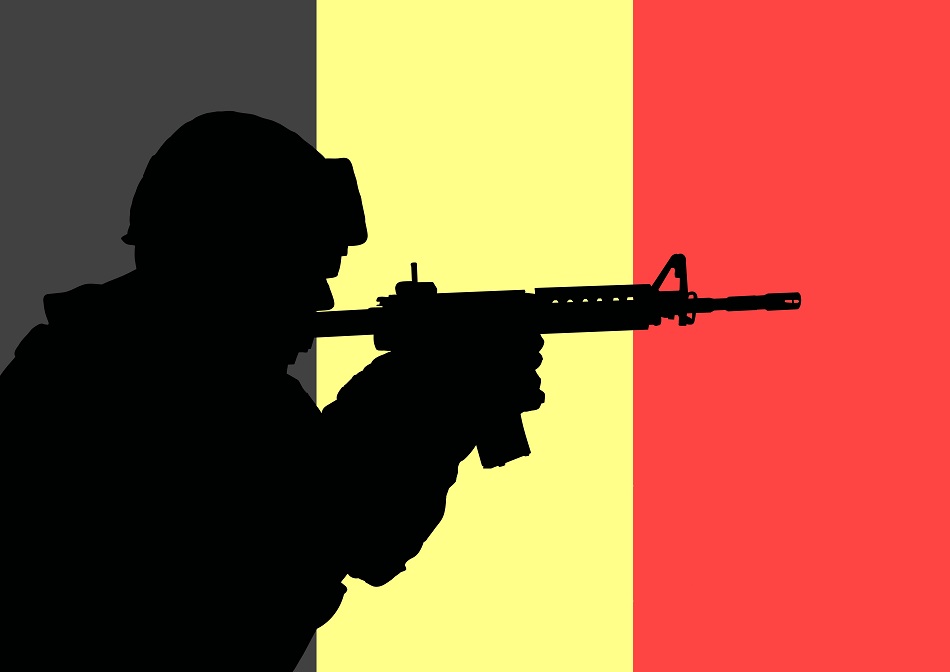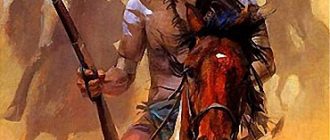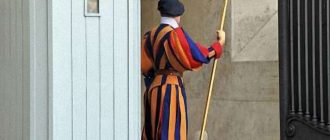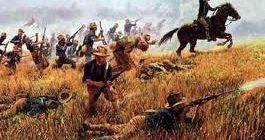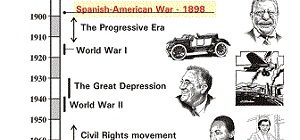Interested in the Belgian army? Find out about the structure and equipment possessed by the army of Belgium.
The foundations for the Belgian army were laid down back in 1940 during the time of the Belgian occupation. It was during this period that the first Belgian infantry brigade was formally set up.
In the coming years the Belgian army was to play many different roles such as aiding its allies in the Cold War. The most notable contribution from the Belgian army was its role in defending West Germany as part of NATO’s Allied Forces.
Structure of the Belgian Army
The Belgian army has a very rigid and organized structure. They make use of the concept of capacities to organize their land component. Separate units are set up according to the function they are supposed to perform. The kind of materials they possess is also a determining factor when it comes to the structuring of the Belgian army.
The Belgian army can be divided into five capacities in total. The top most capacity is known as the command capacity. The actual fighting forces are known as the combat capacity. The reserve forces make up the support capacity. Then you have the services and training capacities.
The command capacity has the 1st and 7th brigade under its command. The immediate reaction cell command and the operational command of the land component are also under this capacity’s control.
The combat capacity as the name suggests is in direct control of the fighting units. It has three Para-Commando battalions, two tank battalions as well as four infantry battalions under its command.
Two reconnaissance units along with a unit for information analysis come under the support capacities jurisdiction. This capacity is also in command of civilian military cooperation as well as operational communication.
The main forte of operation for the services capacity is the regulation of communication and information systems. Along with this the service capacity is also in control of six logistics battalions.
The training capacity has four distinct departments under its command. This includes the training department infantry at Arlon, training Armor cavalry at Leopoldsburg, training artillery at Brasschaat and lastly training engineers at Namur.
Belgian Army Gear
Along with being a well structured army the Belgian land component is also very well equipped. The foot soldiers have all sorts of excellent hand guns, rifles and automatic machine guns. Some examples include different kinds of assault rifles, 9mm pistols, 2.7 mm pistols, submachine guns, light machine guns, anti tank rockets, rifle grenade, flame throwers, mortars and anti tank mines.
Currently the Belgian government is investing a lot of capital into equipping its army with state of the art vehicles. The government attempts to replace all the tracked vehicles with wheel vehicles. At the moment however the army is in possession of both these kinds of vehicles.
Some of the most important vehicles that the Belgian army possesses include the Mowag Piranha III, Steyr Puch Pandur APC, Krauss Maffei Wegmann Dingo 2, special buggies, military motorcycles and a wide variety of utility and transport trucks.

